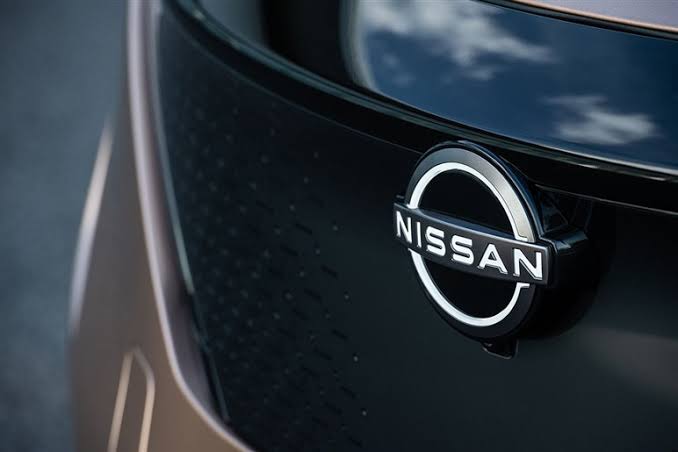Nissan and Mitsubishi Motors go on the offensive
1.3 Million Yen “Kei” (light vehicles) = Masahide Inadome/Yuka Kato
Today is a truly epoch-making day for Japan as it moves toward carbon neutrality. 2022 is once again the first year of the electric vehicle era,” declared Nissan Vice President Asako Hoshino at the May 20 launch of the new Sakura micro-electric vehicle (EV).
Japan, which had been pushed back by Europe, the U.S., and China in the field of electric vehicles, is finally launching a counterattack. The Sakura, announced by Nissan, was jointly developed with Mitsubishi Motors. It is powered by a lithium-ion battery with a capacity of 20 kilowatt-hours and can travel 180 kilometers on a full charge
Target
The focus of attention is its price. The selling price starts at 2,330,000 yen. With a government subsidy for electric vehicles (550,000 yen), the price is just under 1,800,000 yen, and with a local government subsidy (450,000 yen in Tokyo), the price is 1,330,000 yen, about the same as a gasoline engine mini-car.
Mitsubishi Motors also announced its sister model, the ekcross EV, on the same day, and both companies will begin sales this summer with a combined annual production target of 60,000 units.
The significance of the introduction of a full-fledged EV in the mini-car segment is great. Of the 82.57 million vehicles owned in Japan, minicars account for 33.61 million, or 41%.
A look at penetration rates by prefecture shows that kei cars are used more in rural and depopulated areas as daily transportation, with Kochi Prefecture leading the way with 56% of the total. These regions are facing declining populations, and gas stations are closing one after another. On the other hand, many rural areas have abundant renewable energy resources such as biomass, wind, solar, geothermal, and hydraulic power. If light EVs could be connected to local renewable energy resources as “storage batteries” in a micro-grid (small-scale power grid), they would provide a “locally produced, locally consumed” energy source that is not dependent on Middle Eastern oil or Russian natural gas.
Tesla’s director in the U.S. also gave his “blessing” to the project.
Hiromichi Mizuno, an outside director of Tesla, a major U.S. EV manufacturer, said on May 20, when Nissan announced the Sakura, “The usage pattern of light vehicles in rural areas (single-family homes, neighborhood use) is what EVs do best. Many price-sensitive owners were worried that Chinese EVs would dominate the market, so the Sakura is very significant,” he commented on Twitter. Sanshiro Fukao, senior chief researcher at ITOCHU Research Institute, said, “The light EV is a vehicle that serves the national interest, contributing to regional revitalization and economic security. In the event of a disaster, as a ‘running storage battery,’ it will increase the crisis resistance of lifelines in rural areas that have become vulnerable due to the withdrawal of gas stations.
In the mini vehicle field, Honda and Suzuki will launch commercial EVs in 2012 and 2013, respectively. Takaki Nakanishi, a representative analyst at Nakanishi Automotive Industry Research, commented, “Many light commercial vehicles are used in rural mountainous areas where there are few gas stations. This is an area where the shift to electric vehicles may be quite rapid.


コメント